More young families are turning to urban living—and are now facing the challenge of maximizing limited space. The story of Karen Shen and Kevin Costello, who live in a 1904 Renaissance Revival brownstone in Brooklyn, New York, illustrates this trend perfectly. By renting out part of their home, they’ve created a compact 1,500-square-foot living space for their family of five.
This guide explores nine innovative solutions for making a small house feel bigger, drawing inspiration from Shen and Costello’s experience and adding expert insights to help you transform your own space.
Use Paint To Open Up a Room
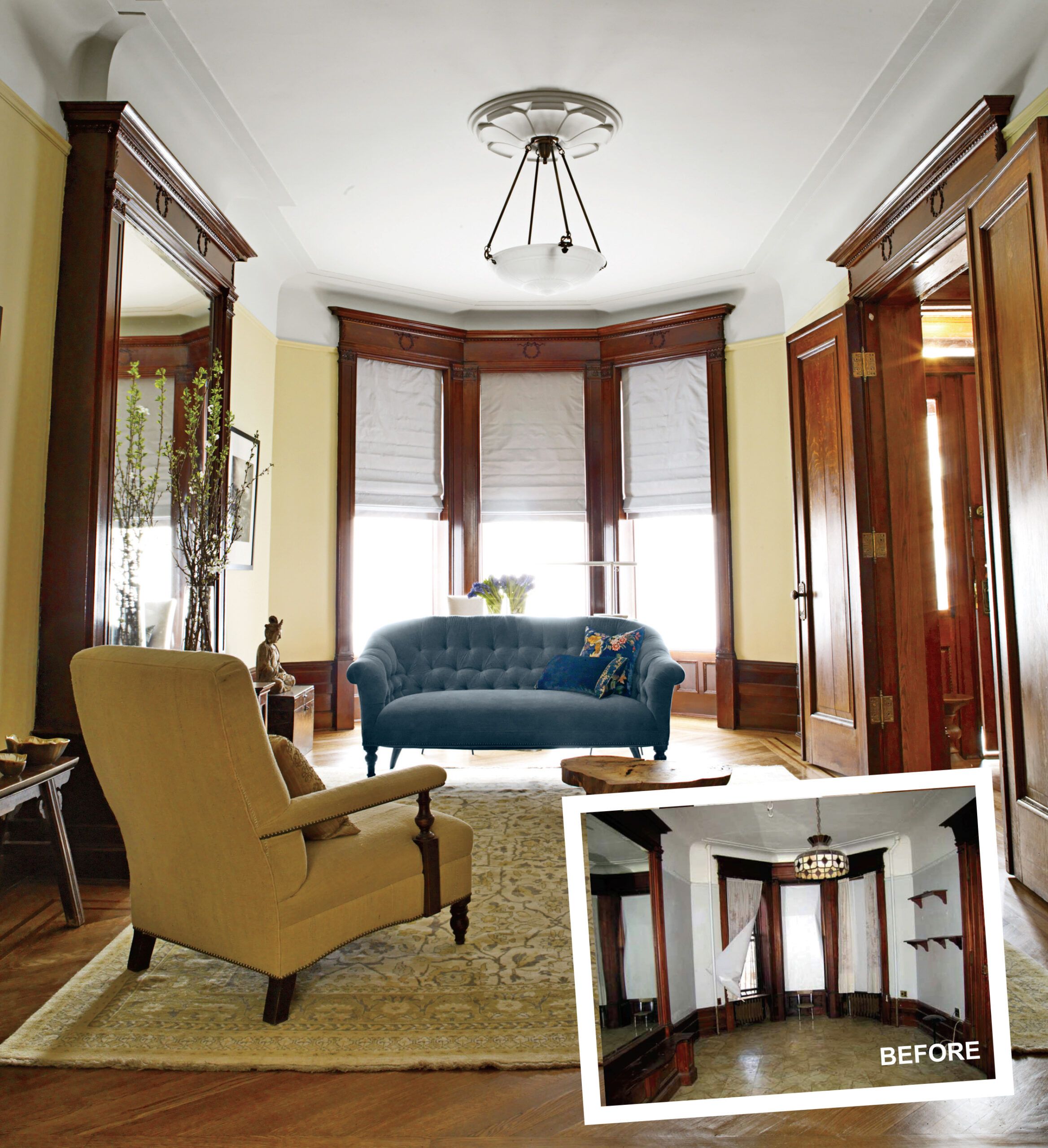
One of the simplest yet most effective ways to create the illusion of space is through the strategic use of paint. You can visually expand a narrow room’s width by painting crown molding to match the ceiling. Consider the following tips when applying this technique, which minimizes the tunnel vision effect you might experience in smaller spaces:
- Choose a monochromatic color scheme to create a seamless, spacious look.
- Paint vertical stripes on walls to create the illusion of height.
- Use light colors on walls and ceilings to reflect more light and create an airy feel.
You can also make rooms appear wider than they actually are by installing flooring in a diagonal pattern. This idea works particularly well with wood or tile flooring.
Tip: When furnishing compact rooms, opt for small-scale furniture instead of overstuffed pieces to maintain a sense of openness and flow. This will provide better movement and help keep the room from feeling cluttered.
Mirror, Mirror
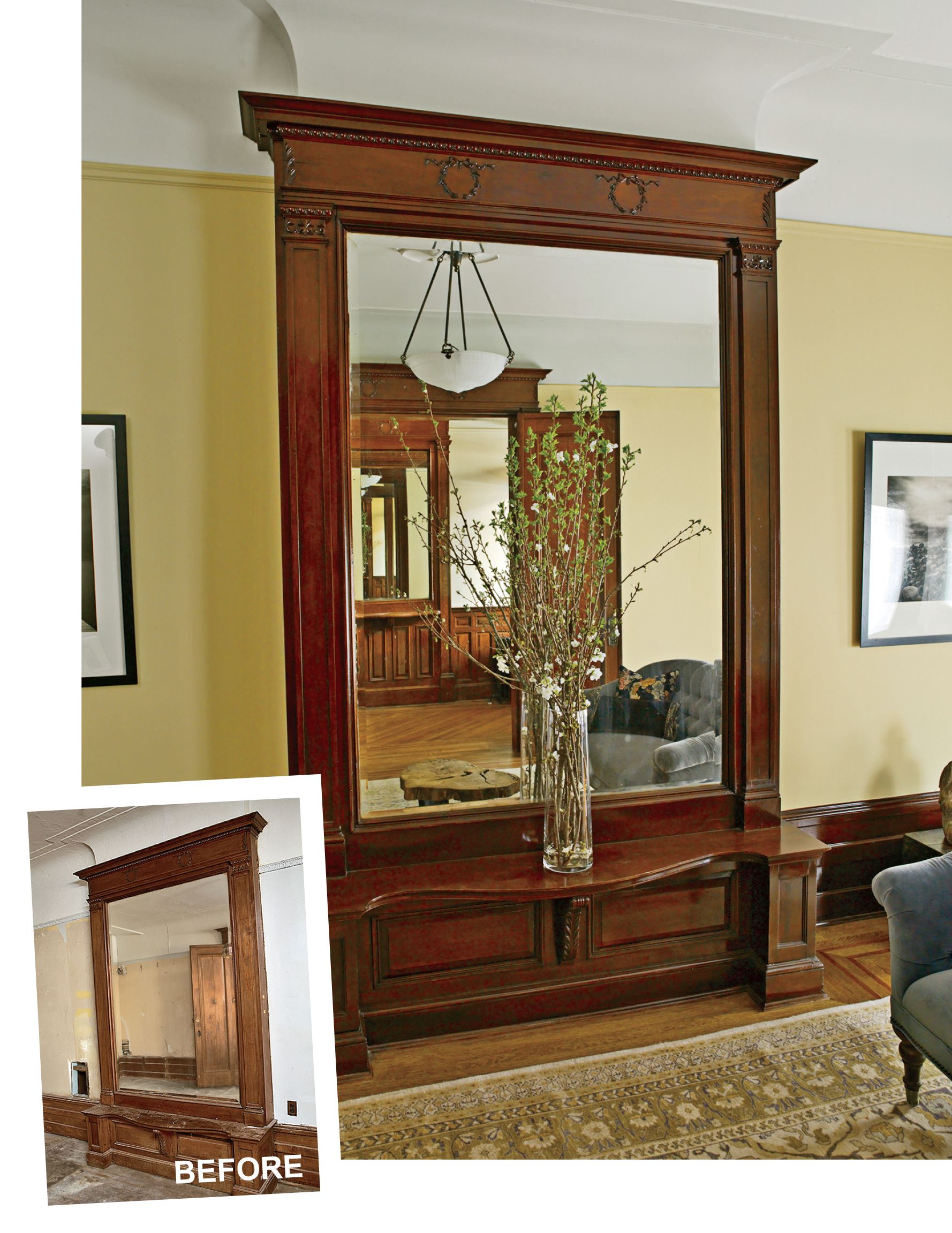
Strategically adding mirrors is a great way to create the illusion of more space. You can place large mirrors across from one another to amplify this effect. In the Shen-Costello home, a pier mirror on the front parlor wall faces another mirror in the front hallway, creating an endless illusion of added space and light.
To maximize the impact of mirrors in your small space, consider the following tips:
- Place mirrors near windows to reflect natural light and outdoor views.
- Think about mirrored furniture pieces for a subtle space-expanding effect.
- Use floor-to-ceiling mirrors to create the illusion of higher ceilings.
Gain Light and Square Feet With a Bay Window
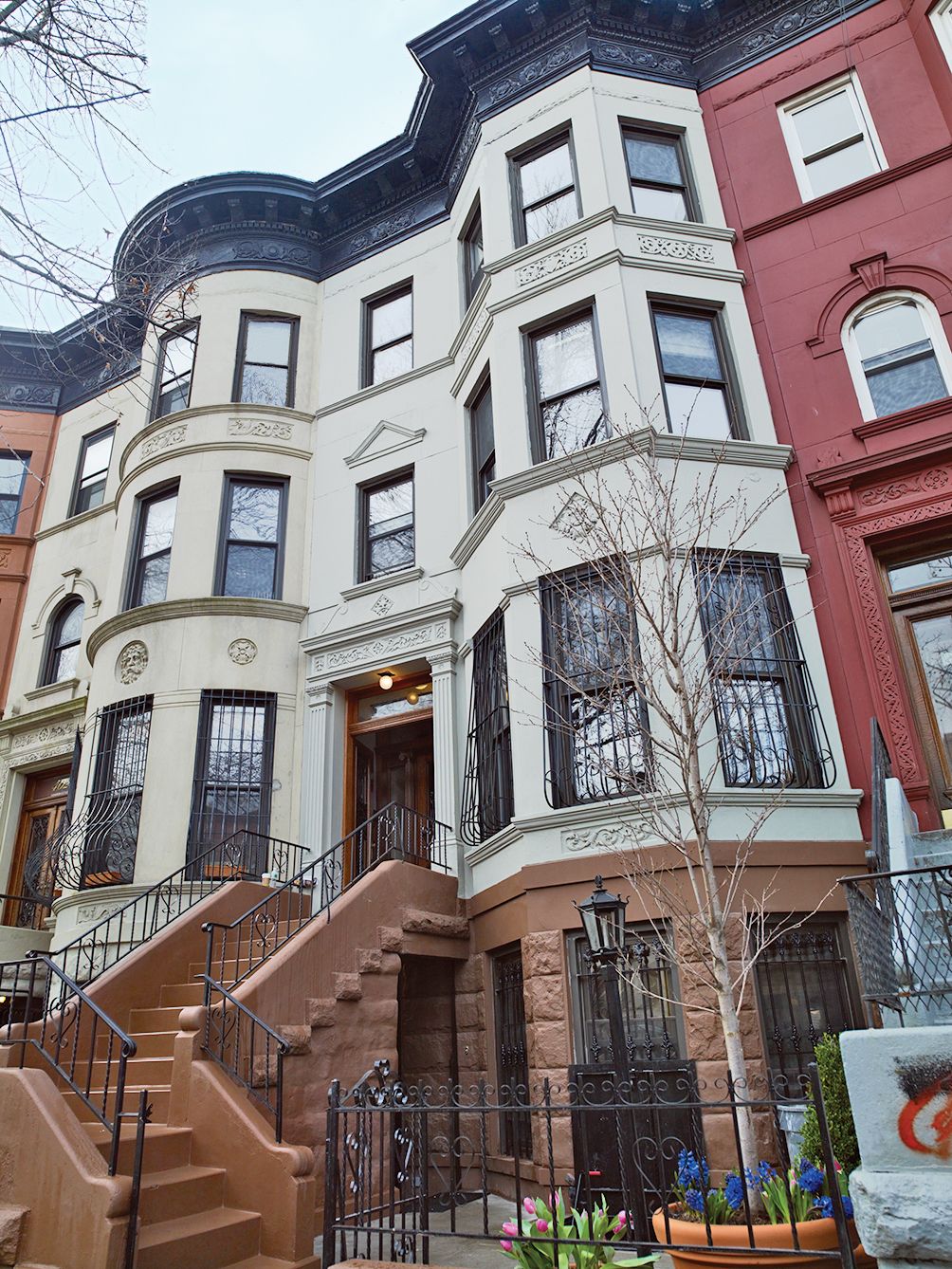
Bay windows are an excellent architectural feature for maximizing square footage and natural light in small spaces. In narrow urban homes like the Shen-Costello brownstone, bay windows increased square footage and allowed more natural light to flood the rooms. These windows often serve as focal points that draw the eye and make rooms feel larger and more welcoming.
When thinking about adding bay windows in your small space, consider the following:
- Choose energy-efficient windows to maintain comfortable indoor temperatures.
- Install window seats for additional seating and storage.
- Use light, airy window treatments to maximize natural light while maintaining privacy.
Bay windows add physical space while also creating a visual connection with the outdoors, making your home’s interior feel more expansive. Incorporating plants and greenery around bay windows can further increase this effect by bringing a touch of nature indoors.
Keep It Simple

In small spaces, simplicity is key. The Shen-Costello kitchen exemplifies this principle with its flat-panel cabinets and reflective materials. These design choices contribute to an airier feel in the compact 10-by-12-foot kitchen. Consider the following tips to achieve a similar effect in your small space:
- Choose cabinet styles with clean lines and minimal ornamentation.
- Incorporate glass-front cabinets to create depth and visual interest—by showcasing beautiful dishware, for example—without cluttering the space.
- Opt for light-colored or reflective surfaces to bounce light around the room.
Tip: Installing cabinets under a soffit can create the illusion of built-ins that recede into the wall rather than protruding into the room.
Think Vertical With Cabinetry
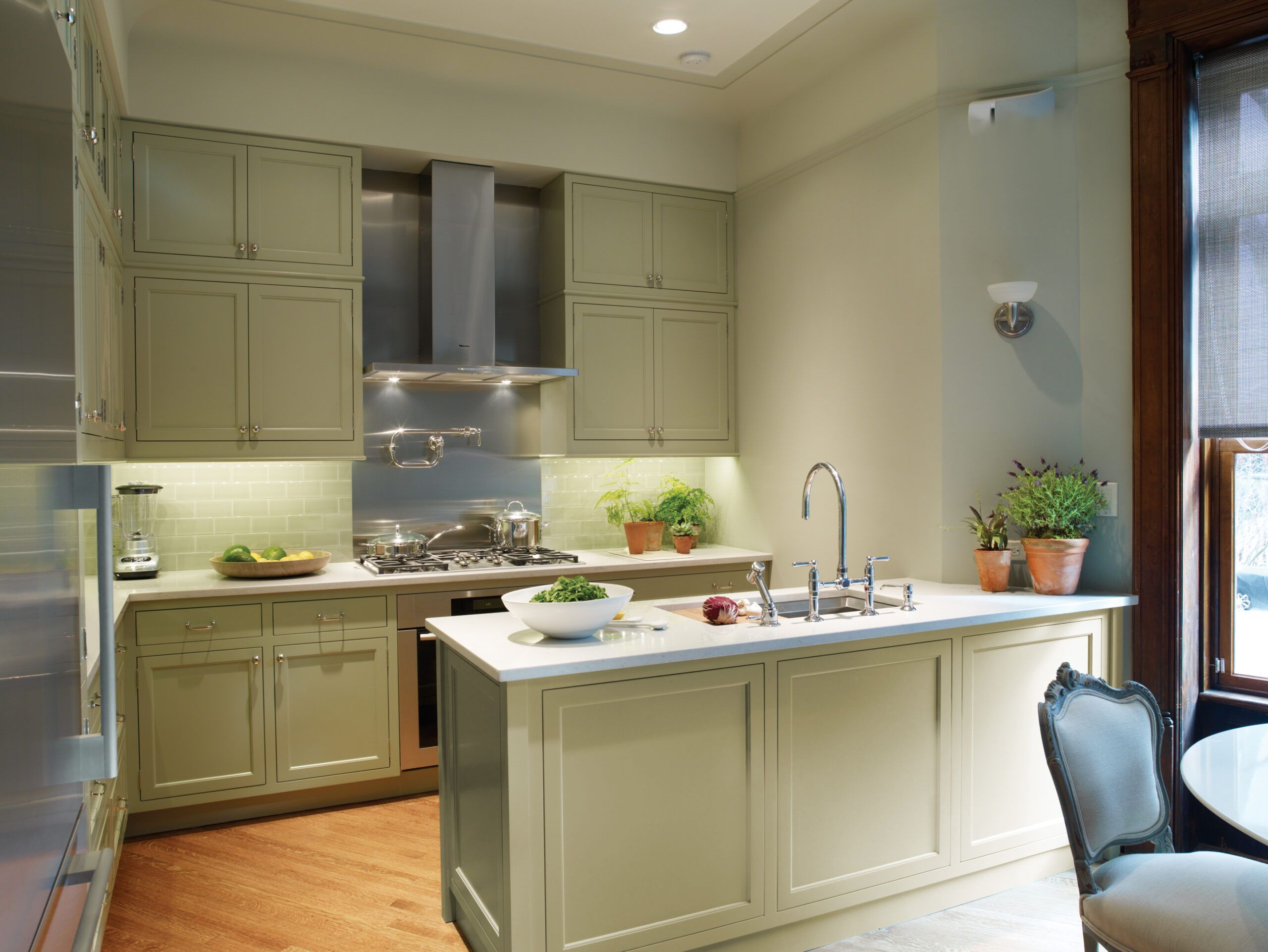
Double-height cabinets provide ample storage and draw the eye upward, creating a sense of height and spaciousness. “You have to take advantage of high ceilings,” says general contractor Mike Streaman. “Sure, you need a footstool to access them, but they’re a great place to store things you don’t use much, like holiday dishes.”
Consider the following tips to maximize vertical space in your home:
- Include a loft bed in children’s rooms to create additional floor space.
- Install floor-to-ceiling bookcases or shelving units.
- Use hanging organizers for closets and pantries.
Remember to keep frequently used items within easy reach while reserving higher storage for less-used items. Vertical storage solutions are particularly useful in rooms such as kitchens and bathrooms, where traditional storage might be limited.
Cool Shades
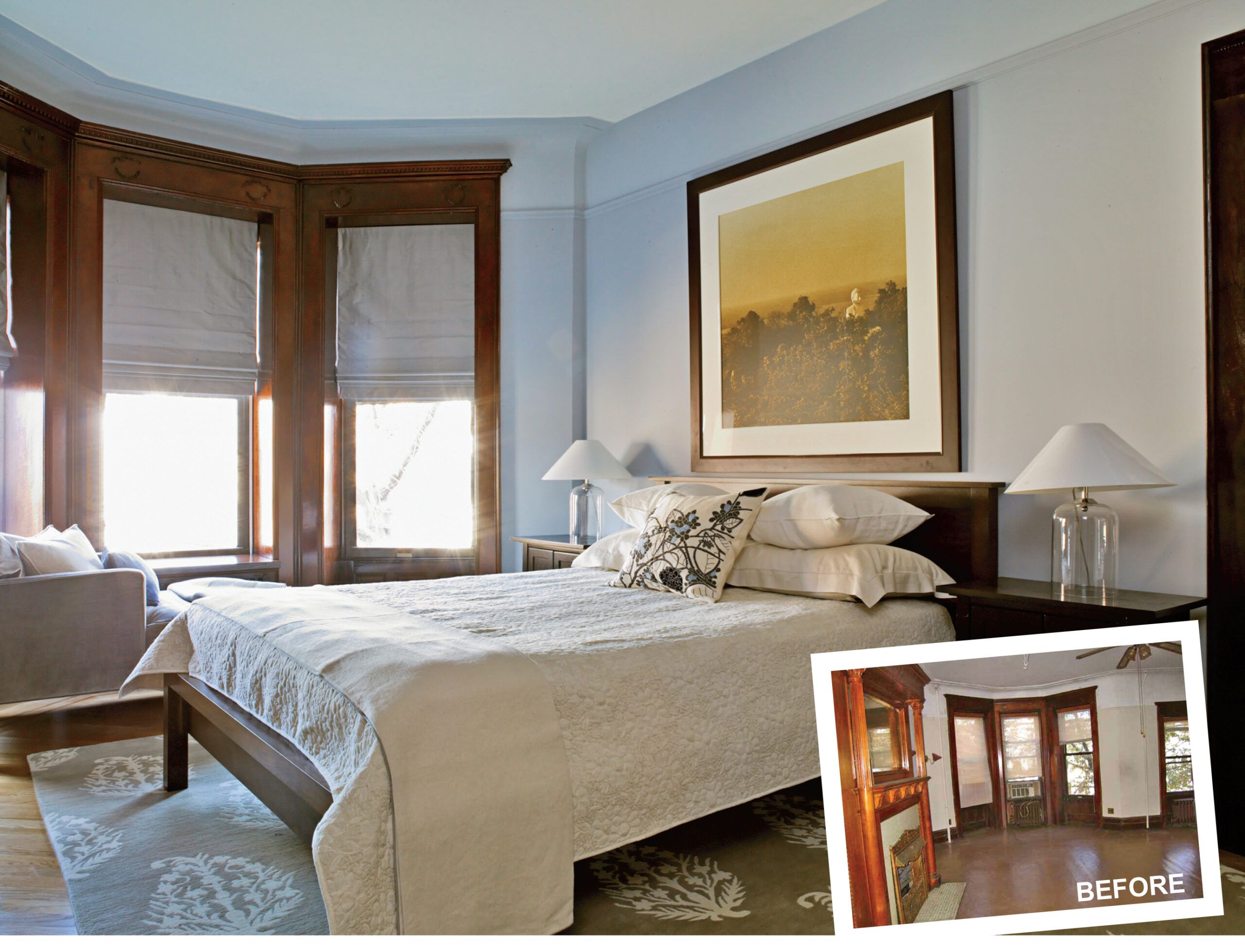
Color choice plays a significant role in the perception of space. Cool colors, such as blues and greens, can make walls appear to recede, visually expanding a room. In the Shen-Costello primary bedroom, pale lavender walls contrast with rich, warm wood trim, creating depth and visual interest. Cool shades can evoke a sense of tranquility and openness, making small spaces feel more inviting.
When using color to improve small spaces, consider the following:
- Opt for light, cool tones on walls and ceilings.
- Use a monochromatic color scheme with varying shades of the same color for a cohesive look.
- Use darker or warmer hues for accents and trim to create depth.
Tip: Incorporate large landscape paintings or photographs to create virtual “windows” that make small spaces feel more expansive. Adding artwork can also improve the decor while contributing to the illusion of a larger area.
Choose Tall Furniture
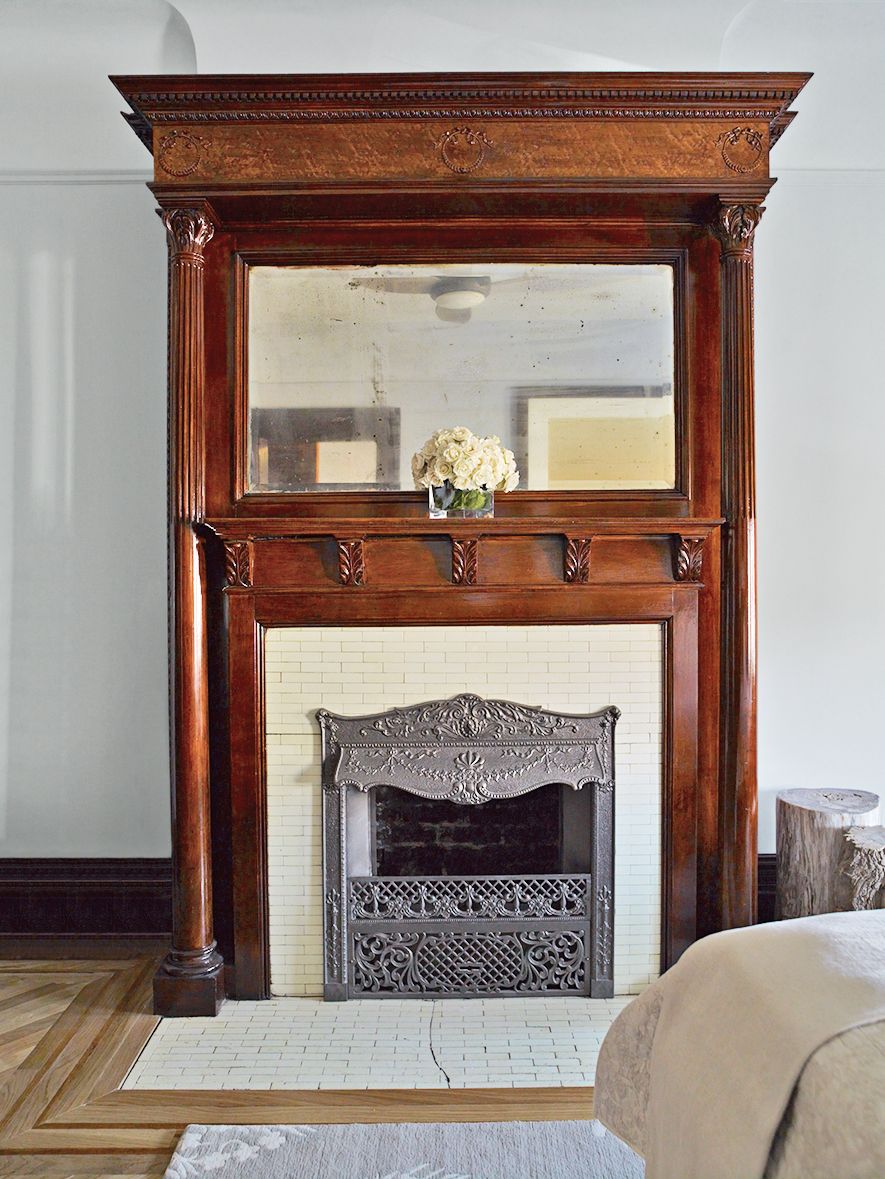
Selecting furniture that draws the eye upward can make a room feel taller and more spacious. The Shen-Costello primary bedroom features an original overmantel with a flared crown, which directs the gaze upward to the 9-foot ceiling. To replicate this effect in your small space, do the following:
- Choose bookcases, armoires, or other tall pieces that reach toward the ceiling.
- Hang curtains close to the ceiling to emphasize the height.
- Opt for furniture with legs to create a sense of openness underneath.
While tall furniture can increase the sense of space, oversized pieces can overwhelm a small room. Use furniture that serves multiple functions, such as storage ottomans or convertible desks, to maximize utility without compromising on style.
Rethink Inefficient Floor Plans
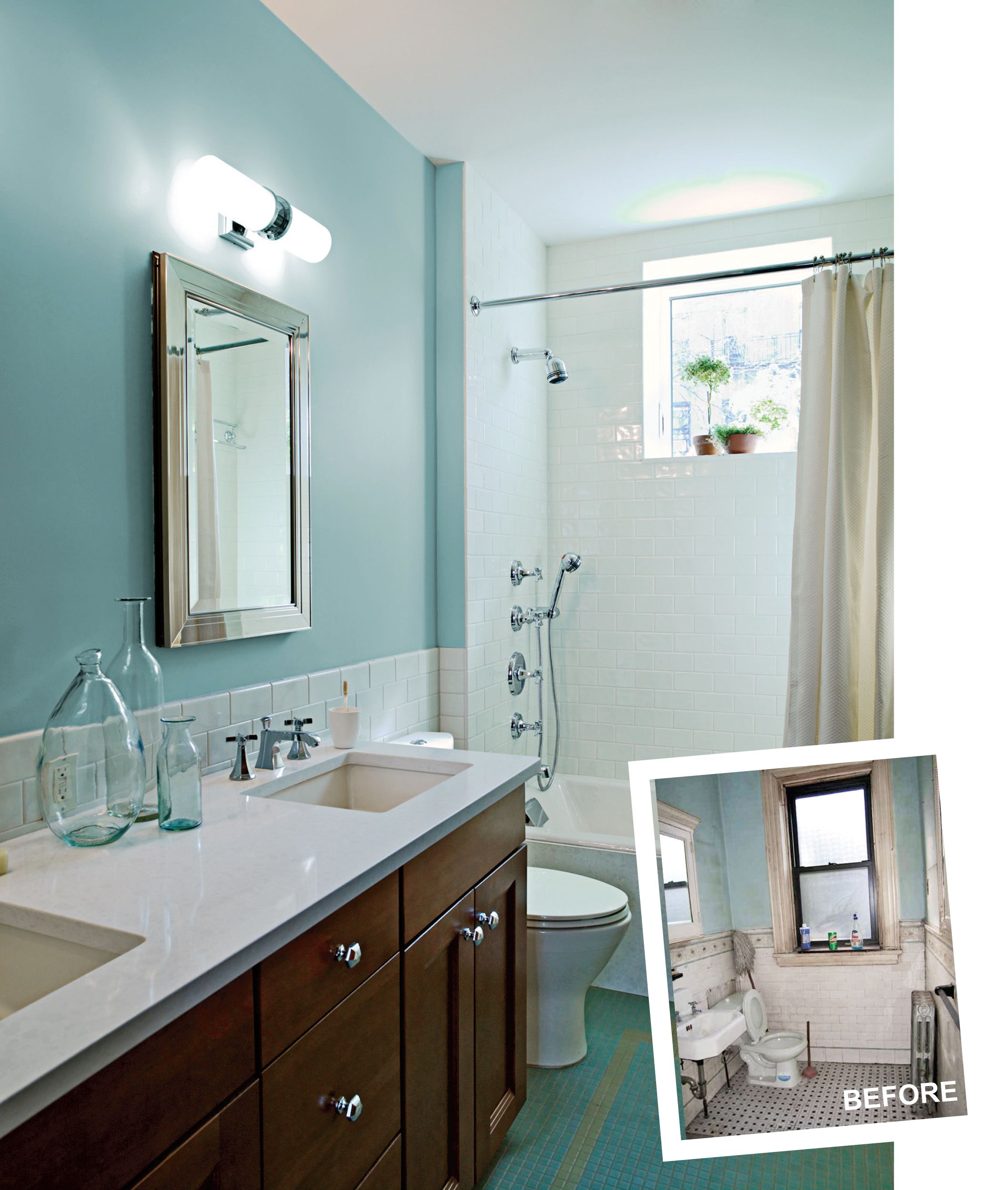
Sometimes, the most effective way to maximize a small space is to reconfigure the layout. In the Shen-Costello primary bath, repositioning the tub beneath the window allowed for a double vanity where the old tub used to be. As Streaman notes, “Turning the tub also helped aesthetically. A toilet, tub, and vanity all along one wall make a bathroom look like a bowling alley.”
Consider the following tips when planning layout changes in your small space:
- Evaluate the current flow and identify areas of inefficiency.
- Look for opportunities to incorporate multifunctional spaces or furniture.
- Remove non-load-bearing walls to create an open-concept space.
While layout changes can be costly, they often improve both functionality and perceived spaciousness.
Save Space With a Spiral Staircase
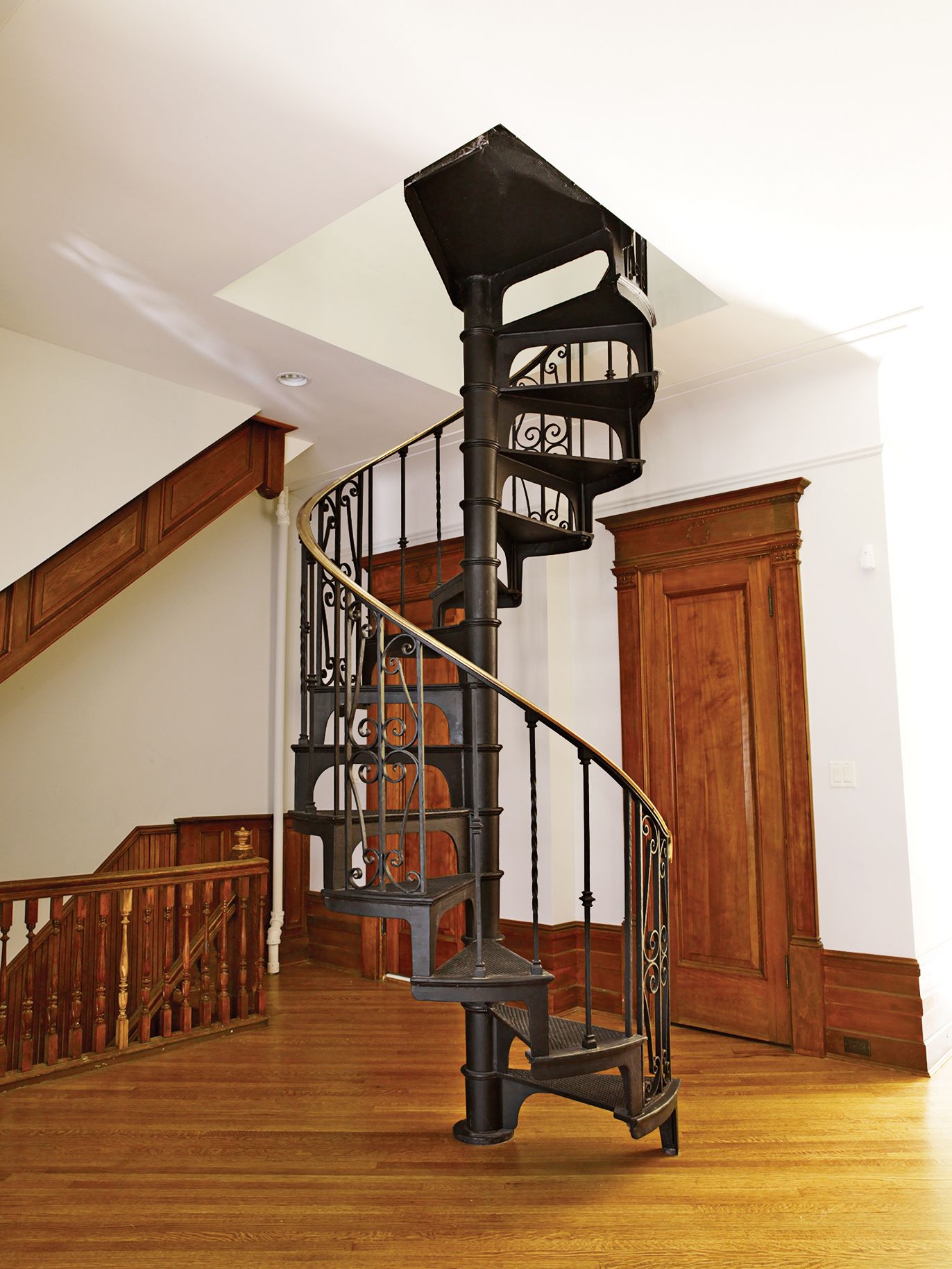
When you need additional vertical access, a spiral staircase can be an excellent space-saving solution. Spiral staircases come in various designs and materials, from classic wrought iron to sleek modern steel, offering options to suit any style. The Shen-Costello family installed a salvaged spiral staircase, which fits neatly into a 5-foot-square area, providing access between floors without encroaching on valuable living space.
Consider these factors when contemplating a spiral staircase:
- Check local building codes for minimum width and tread size requirements.
- Choose a design that complements your home’s style and decor.
- Evaluate the structural support needed for the installation.
Tip: Narrow doors can make rooms look bigger by leaving more uninterrupted wall space. In addition to installing a spiral staircase, use pocket doors where possible to maximize usable floor area.
Our Conclusion
Maximizing small spaces requires creativity, strategic design choices, and an occasional willingness to rethink traditional layouts. By implementing these nine solutions—from clever paint techniques to space-saving staircases—you can transform your compact living area into a home that feels spacious and welcoming.

